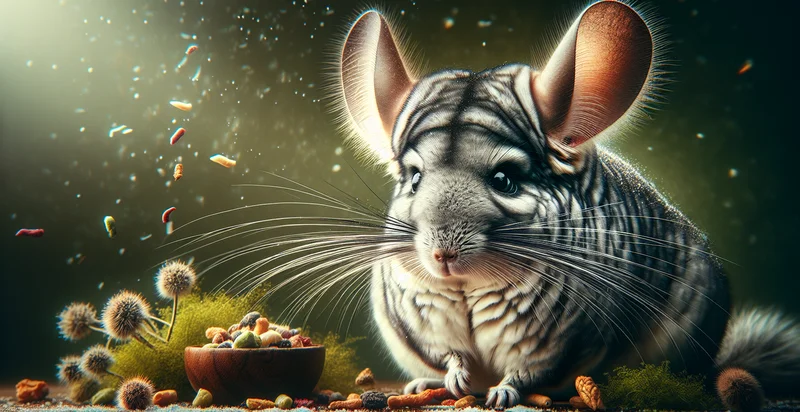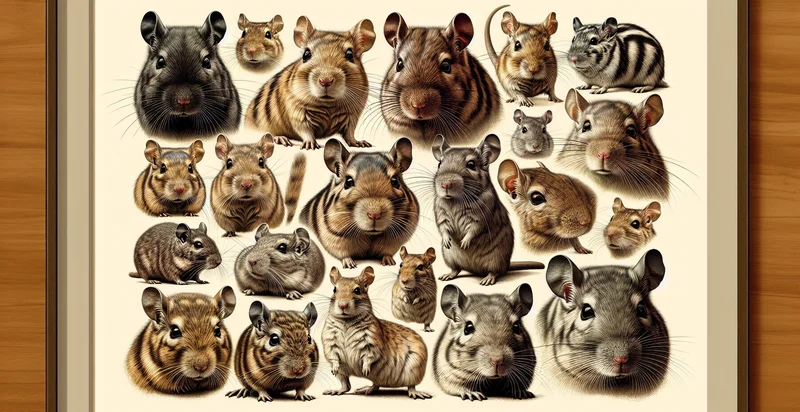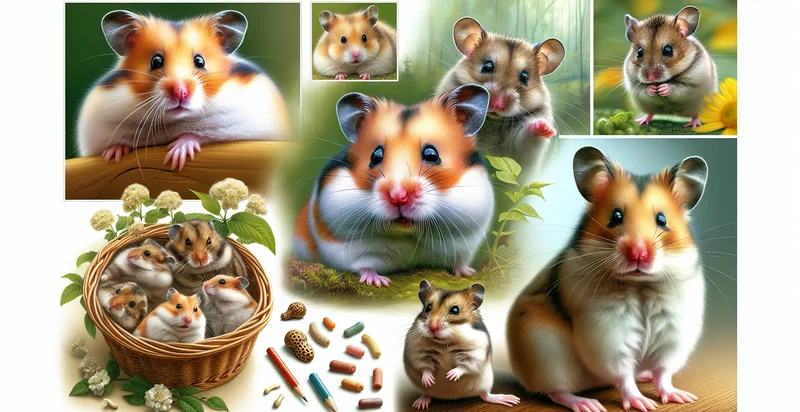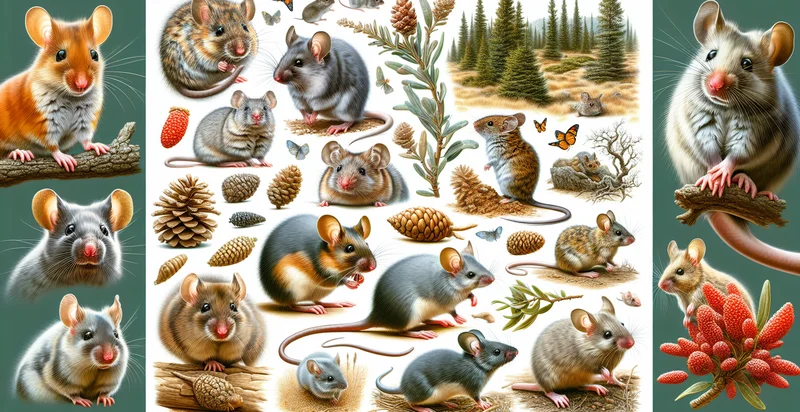Identify chinchilla species
using AI
Below is a free classifier to identify chinchilla species. Just upload your image, and our AI will predict which chinchilla species it is - in just seconds.

Contact us for API access
Or, use Nyckel to build highly-accurate custom classifiers in just minutes. No PhD required.
Get started
import nyckel
credentials = nyckel.Credentials("YOUR_CLIENT_ID", "YOUR_CLIENT_SECRET")
nyckel.invoke("chinchilla-species-identifier", "your_image_url", credentials)
fetch('https://www.nyckel.com/v1/functions/chinchilla-species-identifier/invoke', {
method: 'POST',
headers: {
'Authorization': 'Bearer ' + 'YOUR_BEARER_TOKEN',
'Content-Type': 'application/json',
},
body: JSON.stringify(
{"data": "your_image_url"}
)
})
.then(response => response.json())
.then(data => console.log(data));
curl -X POST \
-H "Content-Type: application/json" \
-H "Authorization: Bearer YOUR_BEARER_TOKEN" \
-d '{"data": "your_image_url"}' \
https://www.nyckel.com/v1/functions/chinchilla-species-identifier/invoke
How this classifier works
To start, upload your image. Our AI tool will then predict which chinchilla species it is.
This pretrained image model uses a Nyckel-created dataset and has 6 labels, including Chinchilla Lanigera and Chinchilla Chinchilla.
We'll also show a confidence score (the higher the number, the more confident the AI model is around which chinchilla species it is).
Whether you're just curious or building chinchilla species detection into your application, we hope our classifier proves helpful.
Related Classifiers
Need to identify chinchilla species at scale?
Get API or Zapier access to this classifier for free. It's perfect for:
- Pet Retail Stores: This function could be used by pet retailers to accurately identify and classify chinchilla species. Staff and customers can efficiently choose the right pet based on their specific characteristics, and this would in turn help in enhancing a customer's buying experience.
- Chinchilla Breeders: Breeders could use the function to easily differentiate species within their breeding population and plan cross-breeding programs to sustain the population or create new breeds.
- Veterinarians: Veterinarians could use the function to identify the species of chinchilla patients. Knowing the exact species can be crucial to effectively diagnosing and treating species-specific health issues.
- Animal Shelters and Rescues: The identifier function could assist animal shelters and rescues in properly identifying and classifying the chinchillas in their care. This would in turn allow them to provide accurate information to potential adopters.
- Wildlife Conservation: Conservation Biologists can utilize this technology to identify species of wild chinchillas, understand their distribution and population trends, and devise appropriate conservation strategies.
- Zoological Parks: Zoological parks can utilize the function to educate visitors about different chinchilla species, promote species preservation efforts, and manage breeding programs more efficiently.
- Animal Research & Education: Research and educational institutions dealing with animal studies can use this function to accurately identify and teach about different chinchilla species. This can lead to a better understanding of chinchilla behavior, physiology, and disease susceptibility.


